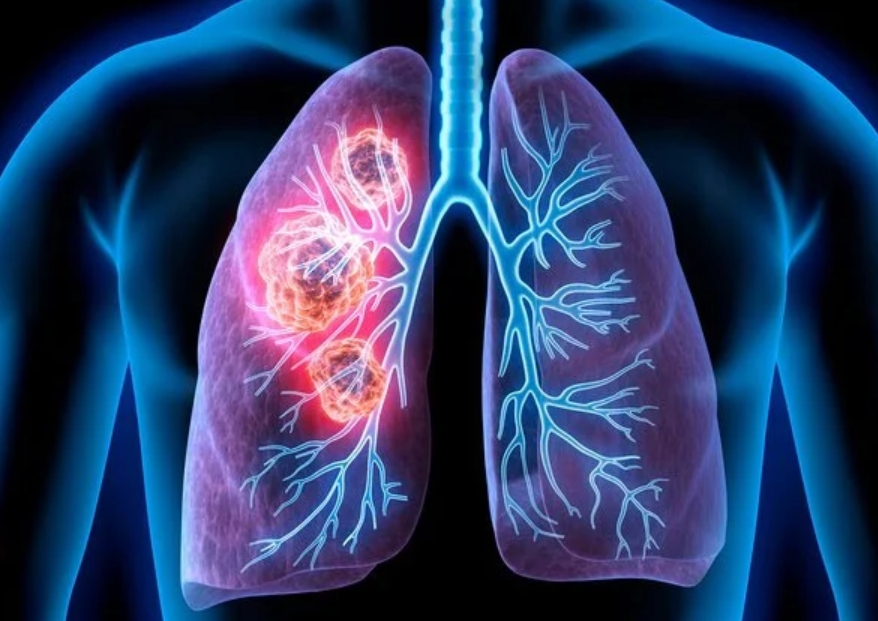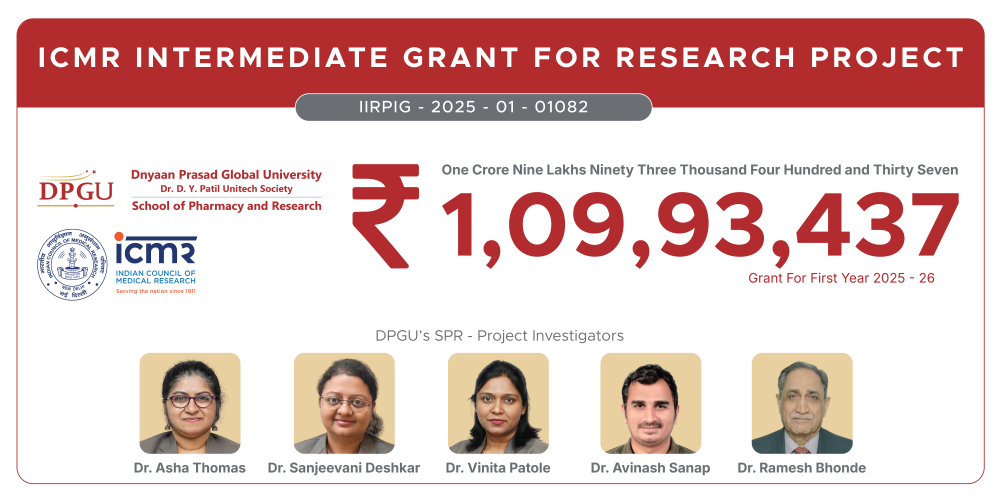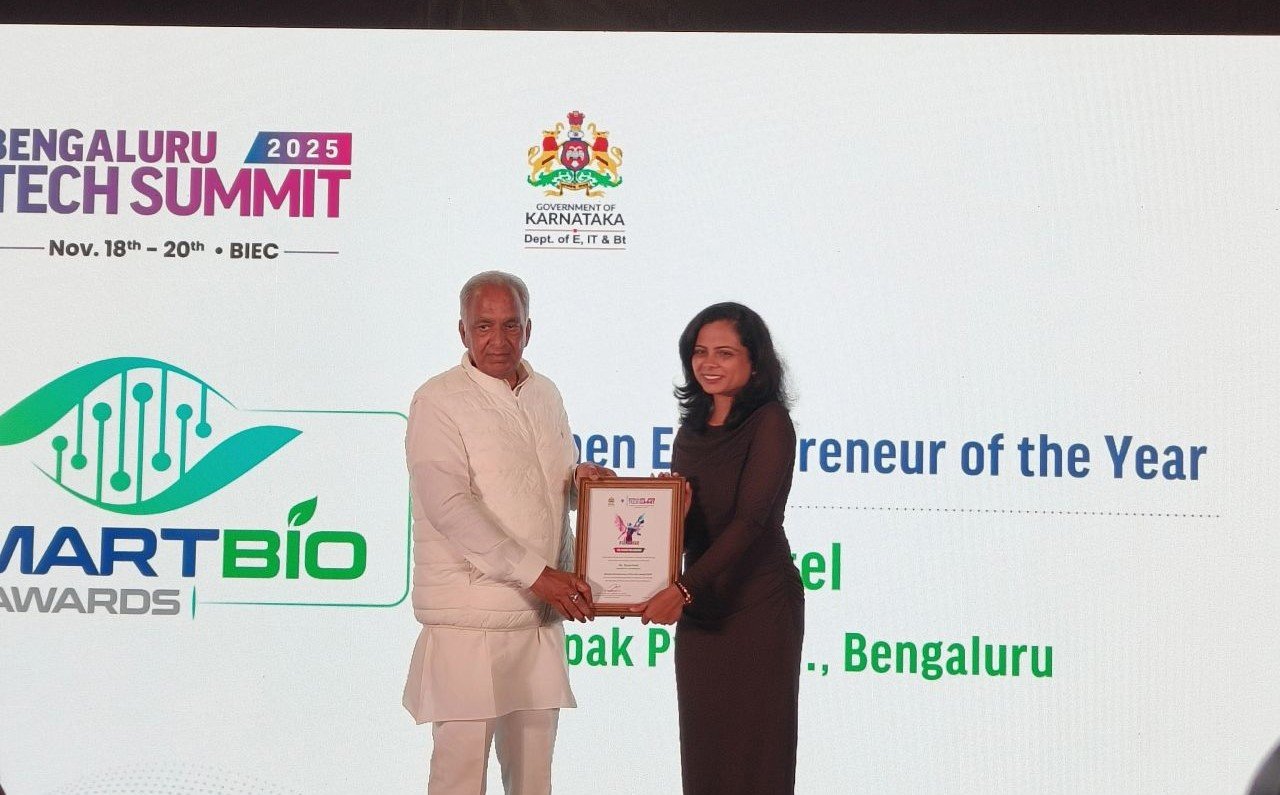CeNS designs pocket-sized sensor to detect health threats in air
July 05, 2025 | Saturday | News
New low-cost sensor can help detect toxic sulfur dioxide (SO2) gas
image credit- shutterstock
Scientists from Centre for Nano and Soft Matter Sciences (CeNS), Bengaluru, an autonomous institute of Department of Science and Technology (DST), have fabricated a sensor by combining two metal oxides- nickel oxide (NiO) and neodymium nickelate (NdNiO3), through a simple synthesis process.
While NiO acts as the receptor for the gas, NdNiO3 serves as the transducer that efficiently transmits the signal, enabling detection at concentrations as low as 320 ppb, far surpassing the sensitivity of many commercial sensors.
The new low-cost sensor can help detect toxic sulfur dioxide (SO2) gas responsible for respiratory irritation, asthma attacks, and long-term lung damage, at extremely low concentrations.
SO2 is a toxic air pollutant commonly released from vehicles and industrial emissions, and even minute exposure can cause serious health issues and long-term lung damage. It is hard to detect before it has an adverse effect on health. Monitoring SO2 levels in real-time is crucial for public safety and environmental protection, yet existing technologies are often expensive, energy-intensive, or unable to detect the gas at trace levels.
With its high sensitivity, portability, and user-friendly operation, this sensor system offers a practical solution to monitor and manage SO2 pollution, supporting public health and environmental safety. This work demonstrates the potential of material science to create accessible technologies for real-world challenges.










